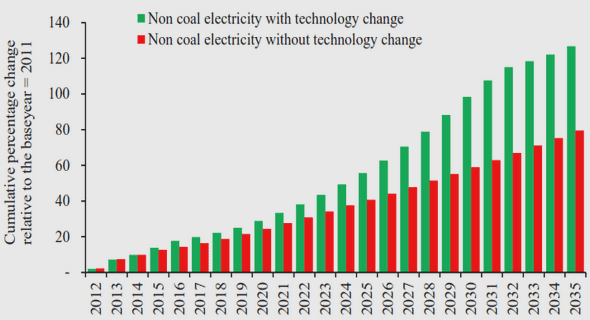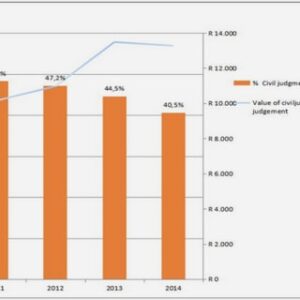(Downloads - 0)
For more info about our services contact : help@bestpfe.com
Table of contents
1. Introduction
1.1. Pseudo-random generators
1.1.1. Constructions
1.1.2. Applications
1.2. Pseudo-random functions
1.2.1. Constructions
1.2.2. Applications of pseudo-random functions
1.3. Our results
1.3.1. Polynomial Interpolation of the Naor-Reingold Pseudo-Random Functions
1.3.2. Distribution and Polynomial Interpolation of the Dodis-Yampolskiy Pseudo-Random Function
1.3.3. Inferring a Linear Congruential Generator and a Power Generator on Elliptic Curves
1.3.4. Lattice Attacks on Pairing-Based Signatures
1.4. Organization
I. Complexity Measures of Pseudo-Random Functions
2. Preliminaries
2.1. Notation
2.2. Finite fields
2.3. Elliptic Curves
2.3.1. Definition and addition law
2.3.2. Division polynomials of elliptic curves
2.3.3. Summation polynomials
2.4. Exponential Sums
2.4.1. Finite Fields and Exponential Sums
2.4.2. Elliptic Curves and Exponential Sums
2.5. Polynomial Approximation of the Discrete Logarithm
3. Polynomial Interpolation of the Naor-Reingold Pseudo-Random Functions
3.1. Naor-Reingold pseudo-random function
3.2. Auxiliary results
3.3. Polynomial Interpolation of the Naor-Reingold Pseudo-Random Function over Finite Fields
3.3.1. Polynomial Interpolation with variable secret key
3.3.2. Polynomial Interpolation with fixed secret key
3.4. Polynomial Interpolation of the Naor-Reingold Pseudo-Random Function over Elliptic Curves
3.4.1. Polynomial Interpolation with fixed secret key
3.4.2. Polynomial Interpolation with variable secret key
4. Distribution and Polynomial Interpolation of the Dodis-Yampolskiy Pseudo-Random Function
4.1. Distribution of the Dodis-Yampolskiy Pseudo-Random Functions
4.1.1. Distribution of the Dodis-Yampolskiy Pseudo-Random Function over Finite Fields
4.1.2. Distribution of the Dodis-Yampolskiy Pseudo-Random Function over Elliptic Curves
4.2. Polynomial Interpolation of the Dodis-Yampolskiy Pseudo-Random Function over Finite Fields
4.3. Polynomial Interpolation of the Dodis-Yampolskiy Pseudo-Random Function over Elliptic Curves
II. Lattice-Based Cryptanalysis of Pseudo-Random Generators and Signatures
5. Preliminaries
5.1. Coppersmith’s methods
5.1.1. First method
5.1.2. Second method
5.2. Analytic Combinatorics
5.2.1. Introduction
5.2.2. Combinatorial Classes, Sizes, and Parameters
5.2.3. Counting the Elements: Generating Functions
5.2.4. Counting the Parameters of the Elements: Bivariate Generating Functions
5.2.5. Counting the Parameters of the Elements up to a Certain Size
5.2.6. Asymptotic Values: Transfer Theorem
5.3. Some useful applications of the technique
5.3.1. Counting the Bounds for the Monomials (Useful Examples)
5.3.2. Counting the Bounds for the Polynomials
6. Inferring a Linear Congruential Generator and a Power Generator on Elliptic Curves
6.1. Linear Congruential Generator and Power Generator on Elliptic Curves
6.2. Predicting EC-LCG Sequences for Known Composer
6.3. Predicting EC-LCG Sequences for Unknown Composer
6.3.1. Complexity of the attack
6.4. Predicting the Elliptic curve power generator
7. Lattice Attacks on Pairing-Based Signatures
7.1. Sakai-Kasahara, Boneh-Boyen and Gentry’s Pairing-Based Signatures Schemes
7.2. Lattice Attack On Gentry Signatures
7.2.1. Gentry Signatures
7.2.2. Description of the Attack
7.2.3. Experimental Results
7.3. Concrete Attack Examples against Gentry signatures
7.4. Lattice Attack on Boneh-Boyen Signatures
7.4.1. Boneh-Boyen Signatures
7.4.2. Description of the Attack
7.4.3. Experimental results
7.5. Lattice Attack on Sakai-Kasahara Signatures
7.5.1. Sakai-Kasahara Signatures
7.5.2. Description of the Attack
7.5.3. Experimental results
8. Conclusion and Open Questions
8.1. Conclusion
8.2. Open questions
Bibliography




